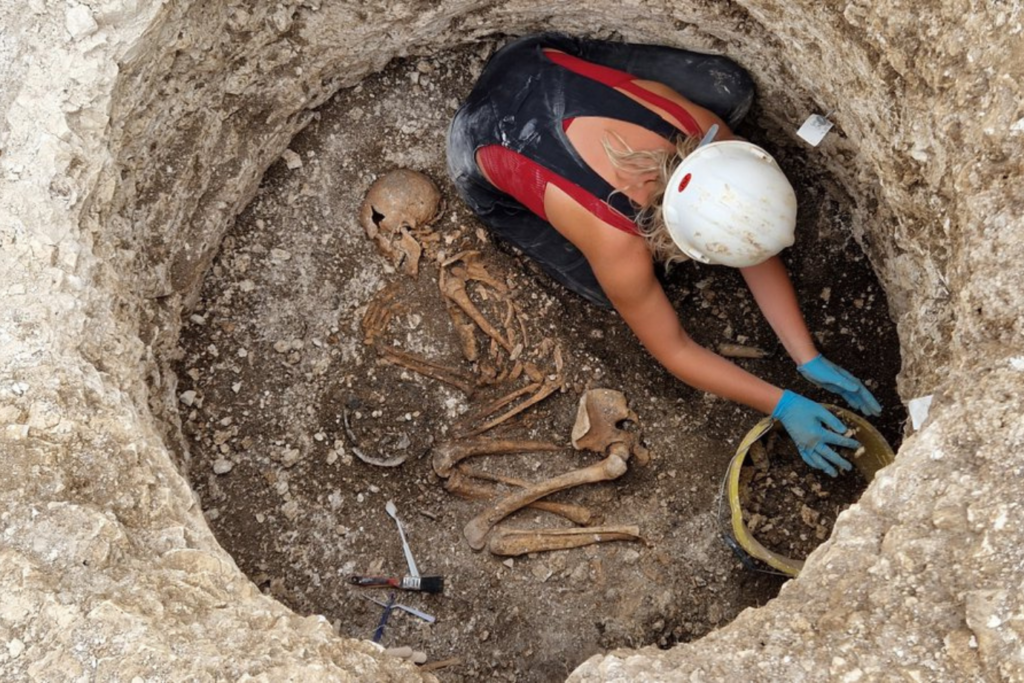Women’s family ties were at the heart of social communities in Iron Age Britain, a new analysis from 2,000-year-old DNA suggests.
The findings, published Wednesday in the journal Nature, suggest that women in Celtic society stayed in their ancestral communities after marriage, whereas men would predominantly move into their wives’ family.
Scientists have also unearthed evidence pointing to the fact that land and wealth was passed to the daughter not the son, as communities were built around women’s blood lines.
It’s called a matrilocality, and while rare in many modern societies, seems to have been the case in numerous places in Celtic Britain.
Some matrilocal communities exist today, such as Akans in Ghana, West Africa and Cherokee in North America, but the majority of modern society sees women move to their husbands’s community– patrilocal.
This study marks the first time that evidence of communities being built around women has been documented in ancient European history.
Lead author of the research, Dr Lara Cassidy at Trinity College, Dublin, said that the new evidence, “points to an Iron Age society in Britain where women wielded quite a lot of influence and could shape its trajectory in many ways.”
What was the evidence?
A team of archaeologists from Bournemouth University analysed DNA from the bones of 57 skeletons from a tribe called the Durotriges. The individuals lived in Winterborne Kingston, Dorset from around 100 BC to AD 100.
The mitochondrial DNA traced revealed that most women in the community were related by blood dating back generations. In contrast, the Y chromosome– passed from father to son– held a lot of diversity, meaning men from a variety of families married into the community.
The DNA also showed that most of the tribe’s ancestral line could be traced back to a single woman.
The same evidence was found in bones from other cemeteries including Cornwall and Yorkshire. And many of the elaborately furnished graves–those with high status objects of wealth– occurred in women’s graves, suggesting that the wealth was being passed down the female line.
“Despite being on the cusp of the historical era, little is known about the social structures of the Iron Age peoples of Britain,” the researchers wrote, noting that because of this, the new evidence is incredibly insightful.
Matrilocal community
This pattern of strong female connections within the tribes doesn’t imply that women also held formal positions of political power– called matriarchy– however, it does suggest women had some control of land and property.
“Importantly, although matrilocality does not necessitate female political and social empowerment, it is strongly associated with these and resonates with Roman descriptions of Celtic women,” researchers write.
For women in Britain at the time, not leaving the home would have allowed them to maintain their support network with parents, siblings and other family members. It would have meant the husband was dependent on the woman’s family for his livelihood and land.
Researchers say that matrilocality could have worked better for this group because men were frequently away fighting.
This is in contrast to the Roman world at the time, which was run in a strong patriarchal fashion.
“[Matrilocal community] can promote feelings of unity among neighbouring communities and villages. It disperses groups of related males, stopping groups of related males developing strong loyalties and starting feuds with the related males nearby,” Cassidy said, noting that matrilocal societies were less likely to experience internal conflict.


